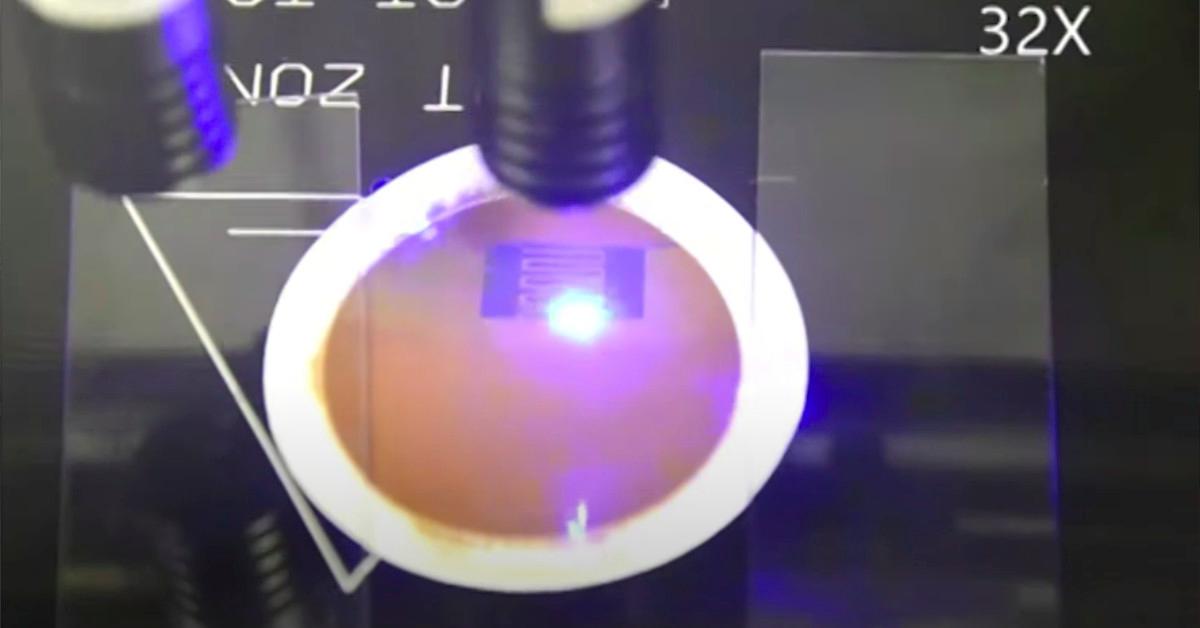Are Graphene Batteries the Future? This Atom-Thick Material Is All the Rage
Are graphene batteries the future? Tests show that batteries made from the atom-thick material charge faster than lithium-ion batteries.
Feb. 9 2021, Published 1:56 p.m. ET
The 2010 Nobel Prize in Physics went to two scientists “for groundbreaking experiments regarding the two-dimensional material graphene,” and the hype around graphene—a sheet of carbon one atom thick—has only increased since then. Graphene batteries might just be the future considering the ways they seem to be better than lithium-ion batteries.
“Graphene is an amazing material, and it’s particularly amazing as a material for batteries,” polymer scientist Chip Breitenkamp, the VP of business development at NanoGraf, told Futurism in 2020. He explained that graphene technology charges batteries faster and dissipates heat better.
“This has big implications,” Breitenkamp added. “It means power tools don’t overheat as quickly. It means home appliances serve families better, longer. And it eventually means [electric cars] can charge faster.”
But it isn't just batteries. Graphene is also used in light bulbs, audio speakers, running shoes, and even tennis rackets. Here’s more information about graphene, its production, and its advantages.
Are graphene batteries better than lithium-ion batteries?
NanoGraf’s tests have shown that graphene batteries have 50 percent more run time and 25 percent less of a carbon footprint compared to conventional lithium-ion batteries. Also, a graphene battery is half as heavy as a lithium-ion battery with the same output, according to Futurism.
According to a Digital Trends report, Nanotech Energy says that its graphene batteries aren’t flammable like traditional lithium-ion batteries.
Is graphene bulletproof?
Tests have suggested that pure graphene performs twice as well as the current bulletproof vest fabric, according to a 2014 New Scientist report. Jae-Hwang Lee of the University of Massachusetts-Amherst and his colleagues fired micrometer-sized glass bullets into 10 to 100 sheets of graphene at about three times the speed of an M16 rifle bullet. They found that the graphene performed twice as well as Kevlar, which means that it could be an effective and lightweight body armor material.
Graphene is harder than diamonds
Graphene is harder than diamonds, according to a 2020 Forbes article by science writer Ethan Siegel. “In proportion to its thickness, it is the strongest material known, is an extraordinary conductor of both heat and electricity, and is nearly 100% transparent to light,” Siegel added.
Is graphene sustainable?
Scientists have been working to make graphene sustainable. In a 2016 article for the scientific journal Green Chemistry, Ali Rez Kamali of the University of Cambridge discussed the “eco-friendly production of high-quality, low-cost graphene” and presented “a novel mechanism … for the formation of hydrogen cations without introducing oxygen anions to the molten salt, leading to an eco-friendly method for sustainable production of graphene.”
And in 2019, David Robles, the head of business development at GrapheneCA, told Investing News that his company’s technology “allows for the sustainable creation of graphene” by not using heavy industrial and high-toxic chemicals.
Graphene stocks
In a 2018 post, Motley Fool contributor Rich Smith listed some of the companies that have been working with graphene—namely, Nokia (NYSE:NOK), Aixtron (Nasdaq: AIXG), and Cabot Corporation (NYSE:CBT). Smith also noted that “most companies that focus their business on graphene aren’t worth investing in, while those few companies that may be worth investing in don’t actually do a lot of work with graphene—at least not yet.”


